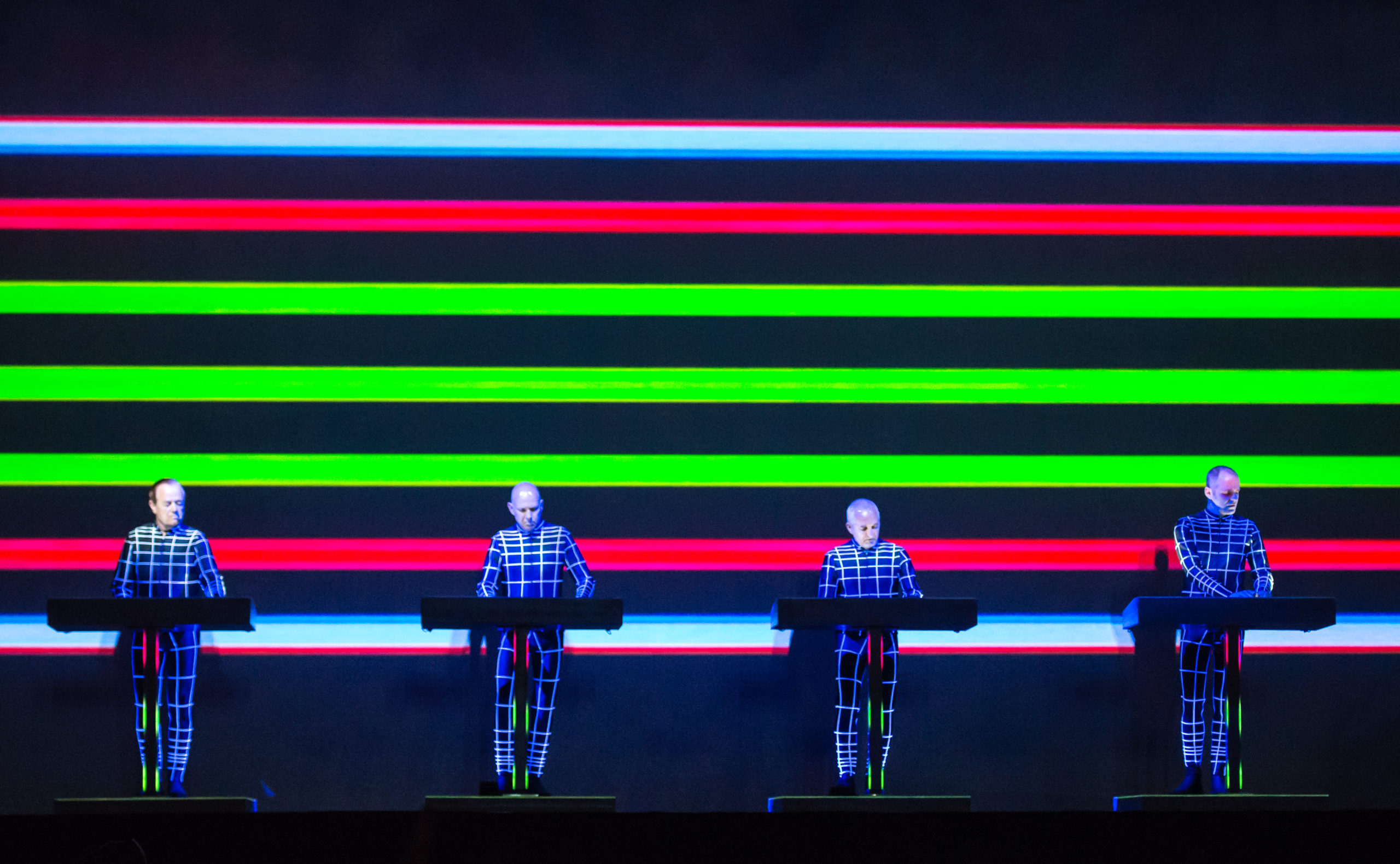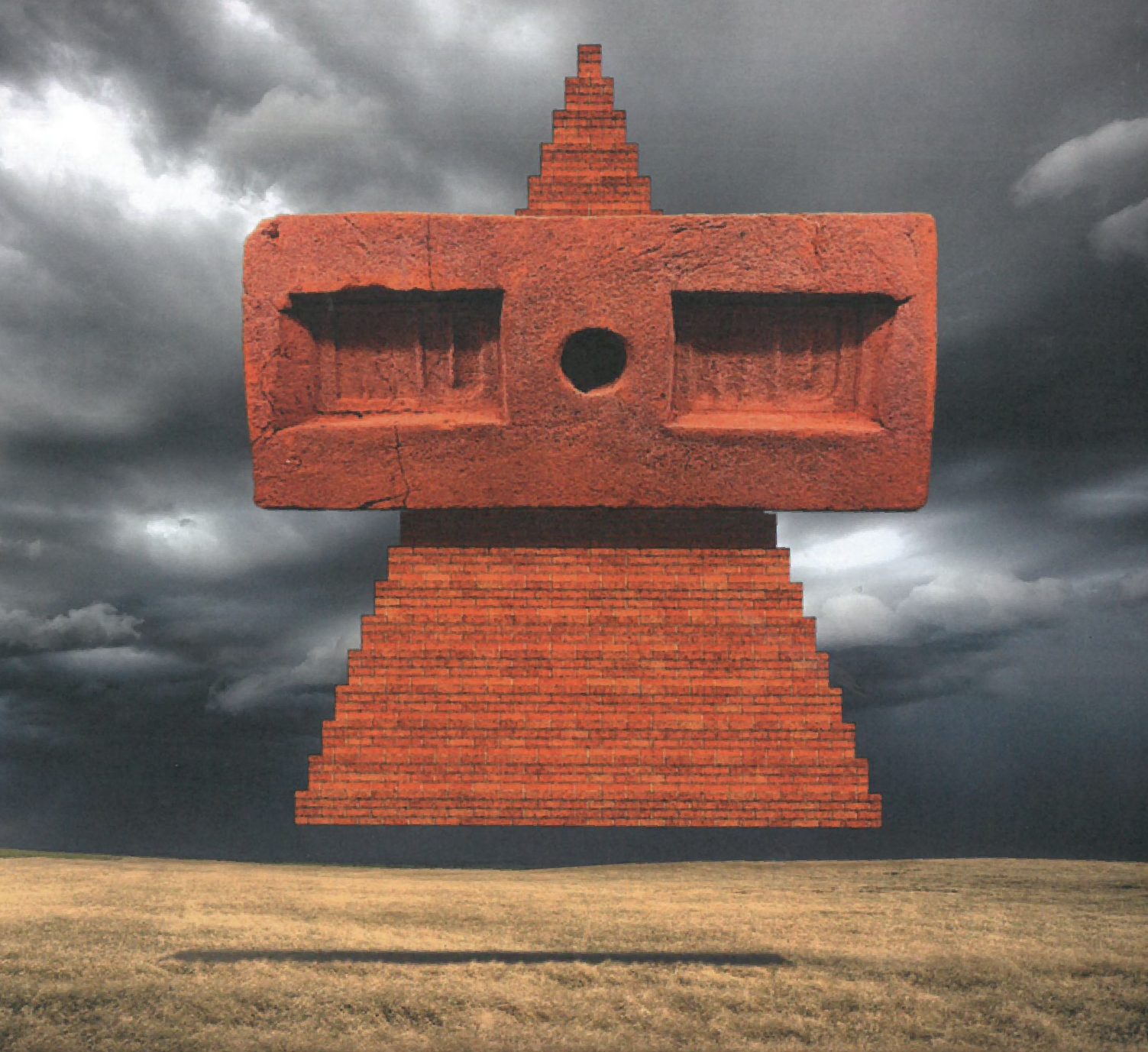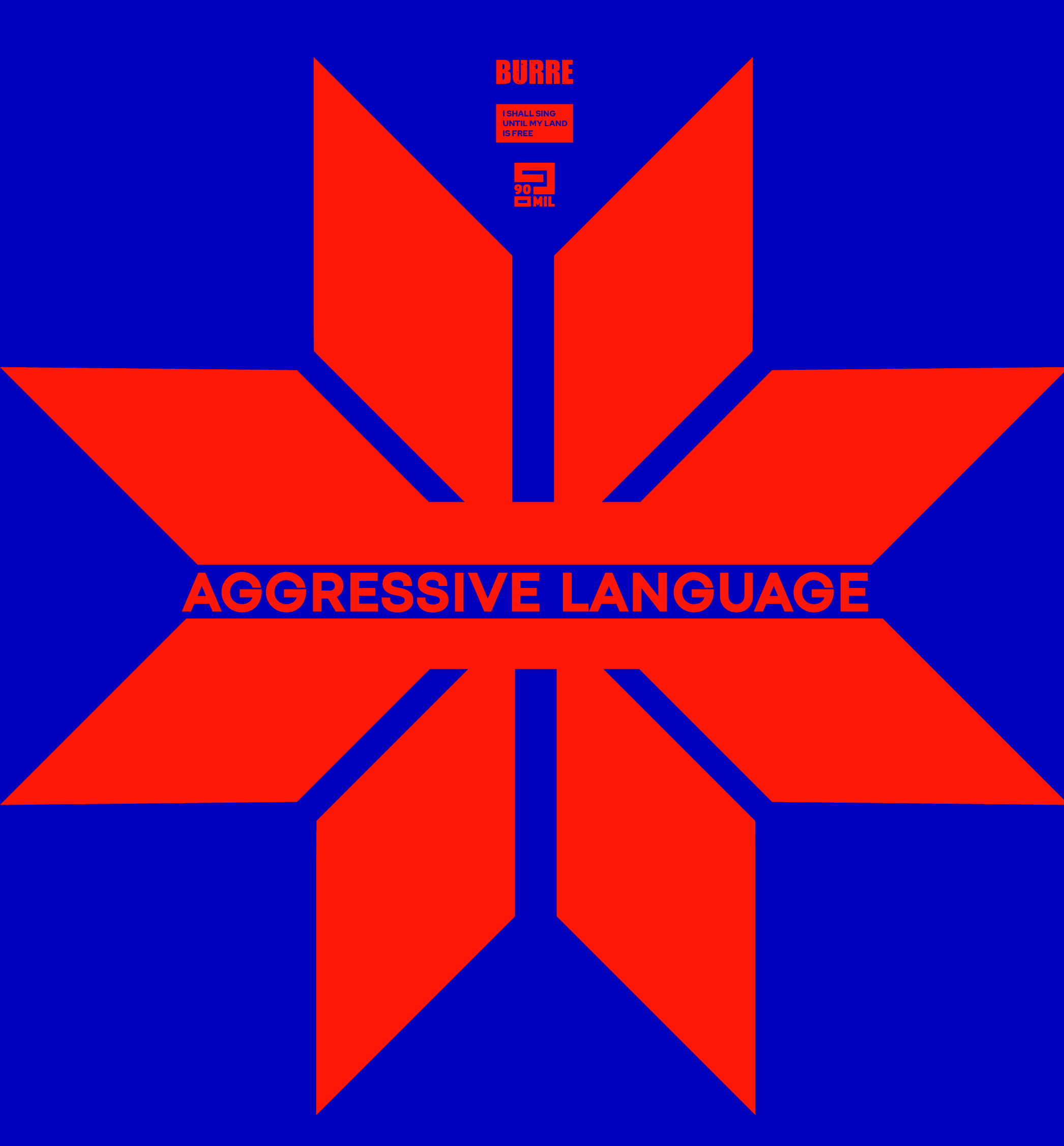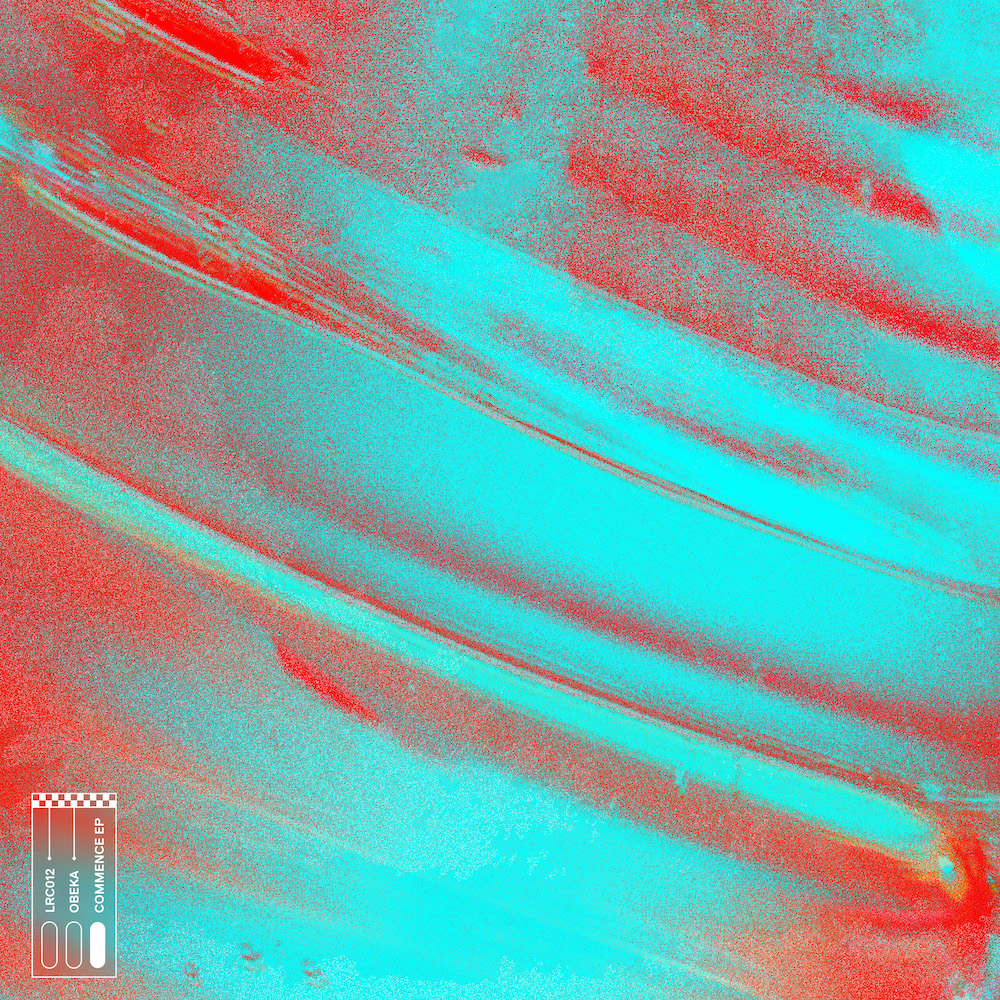Review: Kraftwerk At Movement Festival 2016

Kraftwerk are a big thing in Detroit. Those in any doubt about their influence on the roots of techno only need visit Submerge, the suburban house on East Grand Boulevard that Underground Resistance have turned into their headquarters, just a few blocks from the Motown Museum in Berry Gordy’s old home.
With a distribution business and record shop in the basement, manned by DJ Skurge pumping out local electro and ghetto-tech anthems from the likes of Mr De’, and their offices and studios upstairs, the ground floor is a dedicated techno museum that draws pilgrims from across the globe – John Jammin’ Collins giving tours as Memorial Day Weekend kicks off. Packed with everything from Mike Bank’s old London Transport photo card to the lathe that cut the most famous UR releases and the machines that made them, it’s a treasure trove of Motor City memories. And sitting there, to the right of the door as you come in, amongst the Funkadelic and The Electrifying Mojo memorabilia is an image of Kraftwerk accompanied by Derrick May’s famous bon mot that techno sounds like “George Clinton and Kraftwerk are stuck in an elevator with only a sequencer to keep them company”.
The fact that they’re playing the tenth anniversary of Movement, the Paxahau run festival that takes place at Hart Plaza overlooking the Detroit River, is a bit of a coup. In some ways it feels like an apology, too. Last year, Snoop Dogg was recruited for the traditionally headline Sunday night closing slot, the expectation being a set of old school hip hop, funk and disco. Instead, what he delivered was pure Vegas shtick, Icona Pop cut straight into Joan Jett into O.T. Genasis’ ‘CoCo’. The social media reprisals from within Detroit were swift and savage. At the same time, however, Snoop’s appearance pulled a huge crowd, bigger, say, than Underground Resistance’s Timeline show, pointing to some of the incongruence around the festival and Detroit’s current economic regeneration.
There’s no doubt that Movement shines a light on much of the Detroit house and techno scene. While we see one bit of graffiti reading ‘Where’s DJ Bone?’ there’s still a huge diversity of local talent gathered together, from Marshall Applewhite to Mike Huckaby, Carl Craig to Chuck Daniels. No Way Back, Interdimensional Transmissions’ infamous annual party, this year celebrating its 21st edition, has been invited to host the Opportunity Detroit stage on Saturday, while Kevin Saunderson co-opts the Thump stage on Monday for Origins: Elevation.

It’s also clear in four years of attending the festival that the city is improving in many ways. Downtown has been rejuvenated, point out the many taxi drivers you encounter traversing a city that has little time for those confined to public transport. Windows have been replaced, buildings occupied, even if the effect is yet to touch many of the neighbourhoods, which are still marked by dilapidated buildings and urban decay. Next year, Detroit’s light railway opens, extending out over three miles from Downtown. Unsurprisingly, this has attracted property developers, one calling the city “a really hot investment opportunity, and getting better.” Detroit even featured at the 2016 Venice Architecture Biennale, where 12 groups of designers and architects laid out models of their vision of the future of the city.
This might sound like resounding turnaround for a city that filed for bankruptcy in 2013. There are farmers markets and organic brunch spots, which might be why we hear talk in London club circles about buying property here, a kind of newer, cheaper Margate for the internationally travelled. But when you catch UR’s manager posting a link to a feature titled ‘Why I Hate Detroit’, an article written from the perspective of a long-time black resident, you begin to realise that your view of the city as a white European outsider who only visits once a year is blinkered, and the festival itself forms part of this.
For starters, while the city is 80% black or African American the crowd of Movement is around 90% white – suggesting the bulk of its numbers come from a huge influx of outsiders over the long weekend. The international hipster language of tattoo sleeves, undercuts and all black outfits mingles with flesh bearing Spring Breakers. The native Detroiters you do meet typically express pride in the city, some even thanking you for visiting a city that the US media seemed to have written off. It’s an attitude that’s contagious. Apparel supporting the city is becoming more and more de rigueur at the festival, manufactured and sold by companies like Made In Detroit. This show of solidarity seems to come from a genuine place but there are problematic readings between the lines of some of the slogans. ‘Detroit is the New Black’ is one t-shirt that we see time and time again, yet gentrification – as many have experienced in parts of London –means that white could be becoming the new Detroit, only affluent new arrivals able to take advantage of the city’s cheap property prices.
Then there’s a t-shirt we spot at the Underground techno stage bearing the phrase: ‘I like my techno like I like my coffee: dark.’ It’s an important distinction from the punch line to the original joke: black. Techno has morphed into America’s new heavy metal; increasingly distorted, noisy and designed to alienate all but the young and tinnitus free, it’s been white washed from its more soulful Detroit roots, as metal was from its blues beginnings. But this is as old as techno itself. The first time we came to Detroit four years ago, Mike Banks was in unguarded mood when we ran into him in Submerge, telling us (before the word ‘journalist’ was mentioned) that when the first European producers arrived they’d take photos of the way Detroit producers had their equipment set up so they could copy their sound.
Quite what any of this means for the city, the festival or the relationship between the two remains to be seen. For many, us included, Movement has been the starting point for visiting a city that still has so much mystique across the Atlantic. In Detroit, meanwhile, you get the impression that a large number of locals don’t go to it any more, preferring instead to focus on the surrounding parties where you can see smaller local artists or those inevitably not represented, this year including the likes of K-Hand, DJ Stingray and Octave One.
Regardless of any of these criticisms, Movement is a torchbearer for America’s, and most importantly Detroit’s, historical role in creating dance music’s now celebrated and lucrative culture. It’s especially vital when a current generation of American EDM kids seems so fixated on Europe, the robotic helmets of Daft Punk their own ground zero. It’s the antithesis of the experience of the UK’s acid house babies, wowed by the earliest house and techno records to arrive from Chicago and Detroit. But the towering importance of Kraftwerk is a reminder that the generation who made these records also looked to Europe for ideas and inspiration, and that the US and the UK in particular are locked in an ever-spiralling cultural exchange.
There was a joke circulating a few years ago that ‘house is a feeling, EDM is a lightshow’, but Kraftwerk’s 3D visuals upturn this dusty nostalgia with a willingness to continue to engage with new technology, rather than cling onto ideas of analogue purity. Standing at what appear to be four lecterns dressed like extras out of Lawnmower Man, they’ve even designed their own digital controllers, dispensing with the laptop set up that slightly mars Juan Atkins and Moritz Von Oswald’s earlier performance. Alternatively, if you believe one writer we speak to, who tells us that their set is pre-recorded (despite group founder Ralf Hütter clearly singing live), they’re stone-cold bluffing it like the true founding fathers of the smoke and mirrors entertainment of EDM.
 Having previously played the city’s Masonic Temple back in October, the Saturday night swell in the concrete amphitheatre of Movement’s main stage feels distinctly out of town. Thick-necked bros in vests mingle with less protein packed frames. 3D glasses are shared around. The luminescence of glow sticks is in the air. In short, it’s probably pretty different to the band’s eight sold out performances at The Tate’s Turbine Hall.
Having previously played the city’s Masonic Temple back in October, the Saturday night swell in the concrete amphitheatre of Movement’s main stage feels distinctly out of town. Thick-necked bros in vests mingle with less protein packed frames. 3D glasses are shared around. The luminescence of glow sticks is in the air. In short, it’s probably pretty different to the band’s eight sold out performances at The Tate’s Turbine Hall.
Opening with ‘The Robots’, though, Kraftwerk’s alter egos stamp their authority as the original robot rockers even before their flesh and bone counterparts take to the stage. As an owner of precisely no Kraftwerk albums (but someone who did attend the UK’s first Kraftwerk conference), I’m no mega-fan, but every note of their performance sounds familiar as years of subsequent influence and imitation unfolds to painstakingly orchestrated visuals, musical notes and computer keyboard symbols flying through the air towards us alongside Lycra-clad cyclists, calculators and pumping waveforms.
The band, Hütter alongside Fritz Hilpert, Henning Schmitz and Falk Grieffenhagen, arrive to The New Dance Show favourite ‘Numbers’, it’s rattling 808 beats, off-key bleeps and robotic vocals the blueprint for Detroit electro. ‘Computer World’ genuinely seems to have a beefy drop for the fist pumpers, before the retro bleeps of ‘Pocket Calculator’ and ‘The Man Machine’ point the way to the beginnings of UK labels like Warp and Rephlex Records. There’s even, somewhere in there, a giant rave rift sounding like a precursor to Landlord’s ‘I Like It (Blow Out Dub)’ or Outlander’s ‘The Vamp’
At one point a giant UFO flies towards the crowd, Ransom Note already well primed on the importance of watching the skies. Descending on Planet Earth, it traverses the Detroit skyline to huge applause, passing the Motown Museum before touching down. The future has arrived. ‘Autobahn’, ‘Tour De France’ and ‘Trans Europe Express’ follow, as does ‘Musique Non Stop’ – a sentiment that became techno’s modus operandi.
As their set draws to a close a robotic voice intones, ‘Detroit is so electro, Germany is so electro.’ Detroit might owe a debt to Kraftwerk. But there’s no doubt that Kraftwerk also owe a mighty debt to the city that transformed one band’s electronic eccentricity into a worldwide movement.
Photograph 1: Bryan Mitchell
Photograph 2: Douglas Wojciechowski
Photograph 3: Katie Laskowska





















